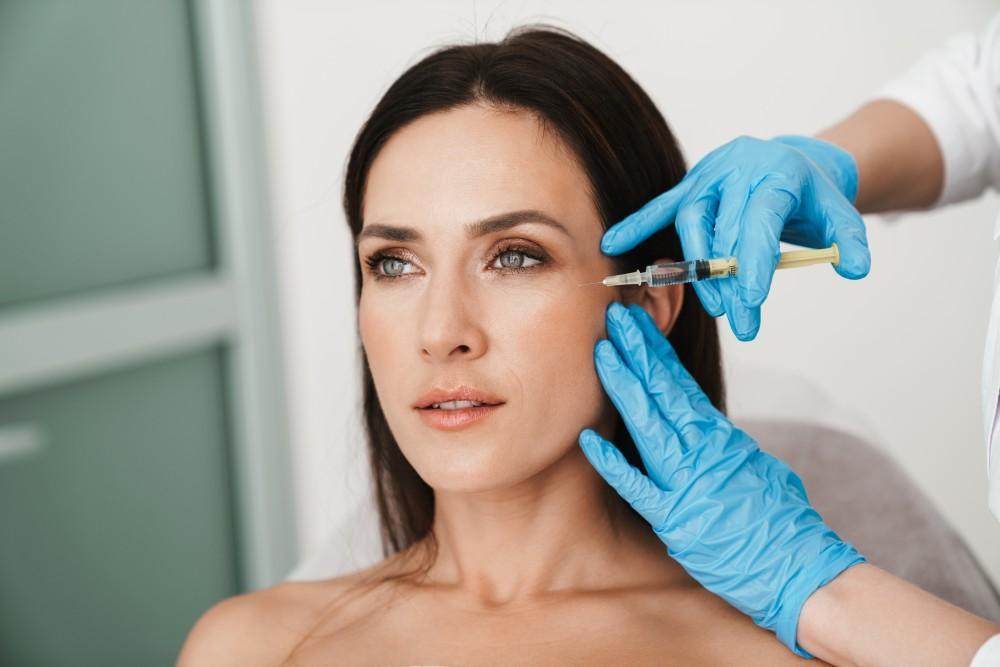
Can Hormonal Birth Control Cause Melasma?

You wanted an easy road to preventing an unplanned pregnancy, and you’ve opted for hormonal contraceptives. While the birth control is certainly doing the trick, you’ve developed darker patches of skin on your upper body, perhaps on your face, neck, or forearms, called melasma, and you wonder whether the two are related. The short answer is: Probably.
To help shed some light on the relationship between hormonal contraceptives and melasma Drs. Matthew Zarraga and Khongruk Wongkittiroch, along with the experienced team of skin health experts here at Z-Roc Dermatology, present the following information.
Melasma: Primarily a hormone issue
The first point we want to make about melasma is that it’s largely a harmless skin condition. With melasma, you overproduce melanin, which leads to darker patches of skin, usually in areas that are more frequently exposed to the sun, such as your face, neck, and forearms.
Melasma develops far more often in women — 90% of melasma occurs in women versus 10% in men. This skin condition also affects up to 50% of pregnant women, which is how it earned the nickname, “mask of pregnancy.”
The fact that melasma primarily develops in women, and especially pregnant women, has everything to do with the female reproductive hormones estrogen and progesterone.
While we’re unclear as to the exact cause and effect between levels of reproductive hormones in women and an overproduction in pigment cells, the connection exists.
As your hormones influence the production of melanin, all it takes is some sun exposure to activate the pigment, which creates the darker areas of skin.
Melasma and your hormonal birth control
When you use hormonal birth control methods, you’re tinkering with your reproductive hormone levels to control your ovulation. Due to these adjustments, you influence the production of melanin in your skin, which is why 25% of women who use oral contraceptives develop melasma.
In addition to oral contraceptives, women who use patches, injections, vaginal rings, and intrauterine devices that rely on hormones can also increase their risks for developing melasma.
Treating your melasma
If you’ve developed melasma due to your hormonal birth control, and you dislike the side effect, you should first talk to your provider about switching your birth control.
As dermatologists, we can do our part to clear up the skin discolorations using a wide range of treatments that include:
- Hydroquinone topical ointment
- Retinol
- Topical corticosteroids
- Azelaic acid
Should these measures prove ineffective in clearing away your melasma, we can turn to more aggressive skin care techniques, such as chemical peels or laser therapy.
You can do your part by protecting your melasma-prone skin from sun exposure, which means covering up and using a strong sunscreen with an SPF of at least 50. You’d also do well to stay out of the sun during the peak hours between 10am and 4pm when the sun is highest and its ultraviolet rays are more likely to affect your skin.
No matter how your melasma developed, we want to assure you that we offer solutions. To clear your skin of the darker patches, we invite you to contact our office in Fort Lauderdale, Florida, to set up a consultation.
You Might Also Enjoy...


How Does Botox Help With Hyperhidrosis?

Bye Bye Spider Veins, I’m Getting Sclerotherapy

How Red Light Therapy Can Help Banish Actinic Keratoses

Give Yourself the Gift of Botox This Holiday Season


